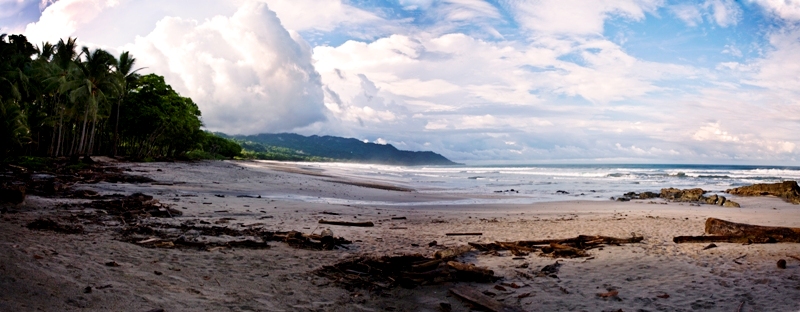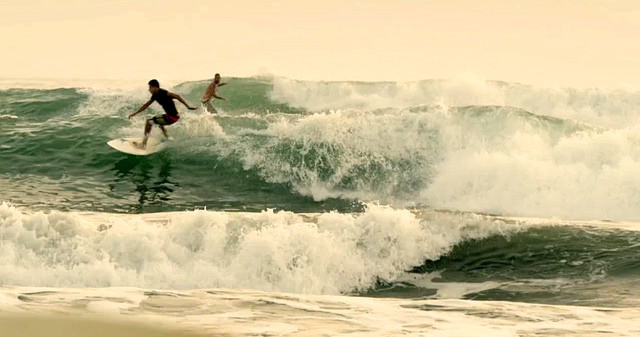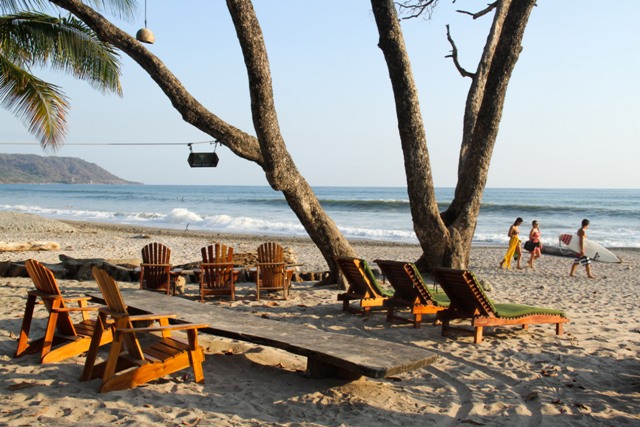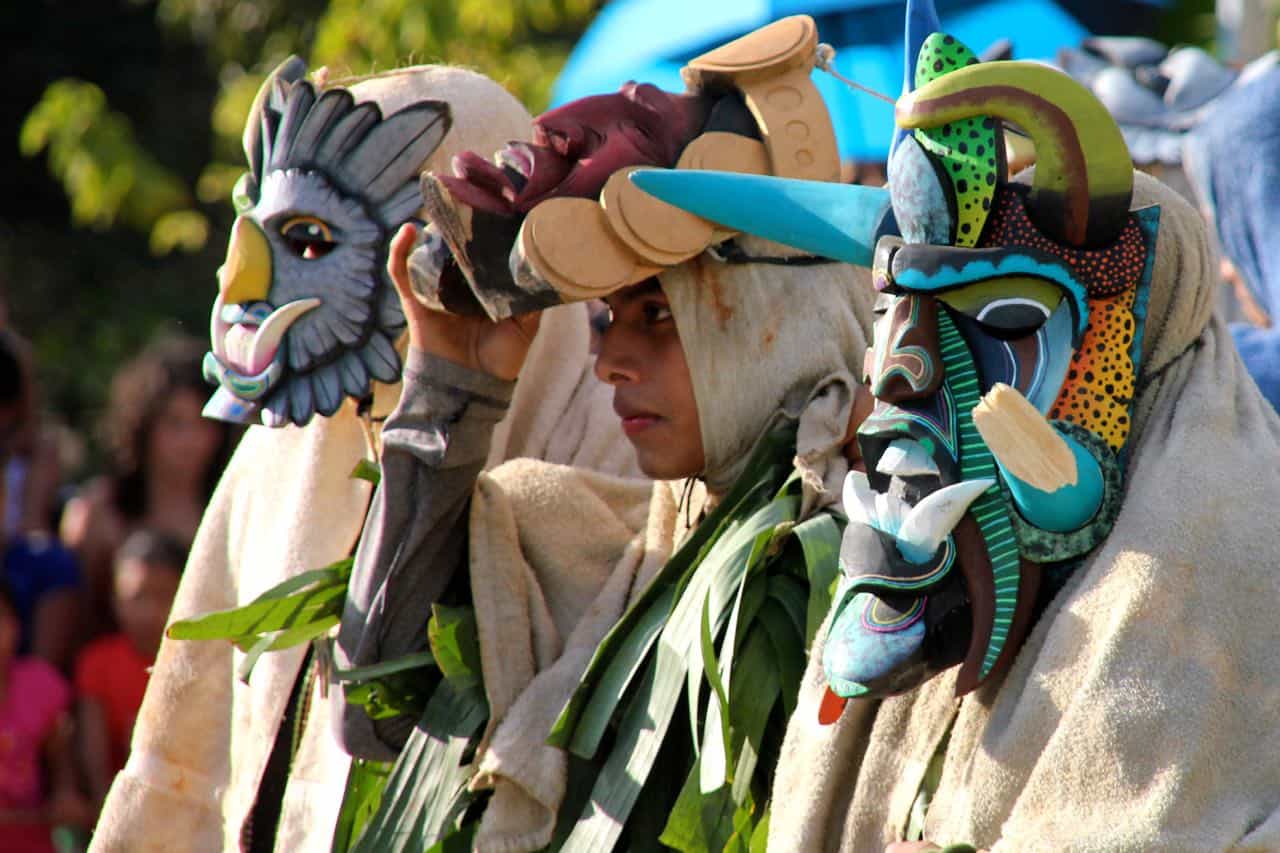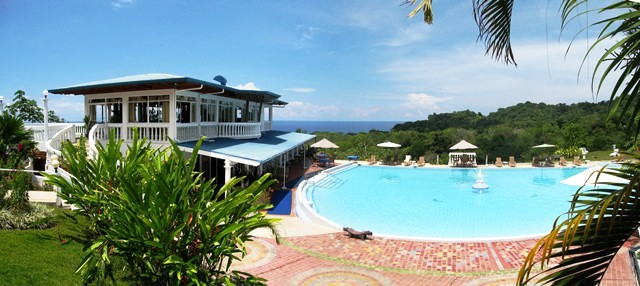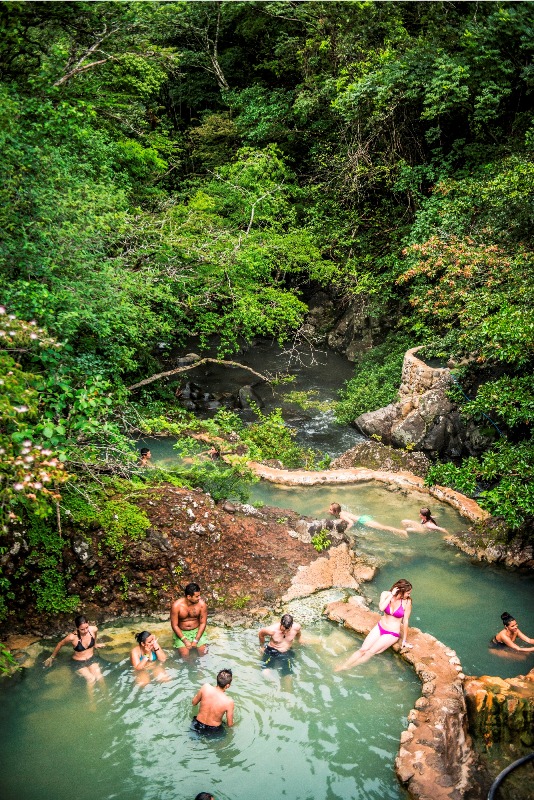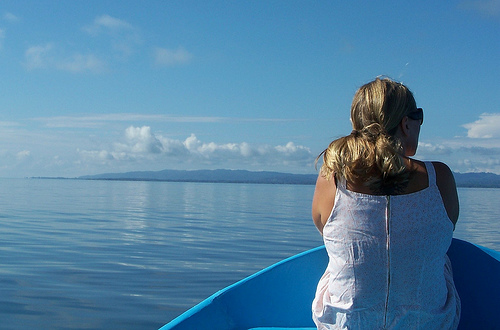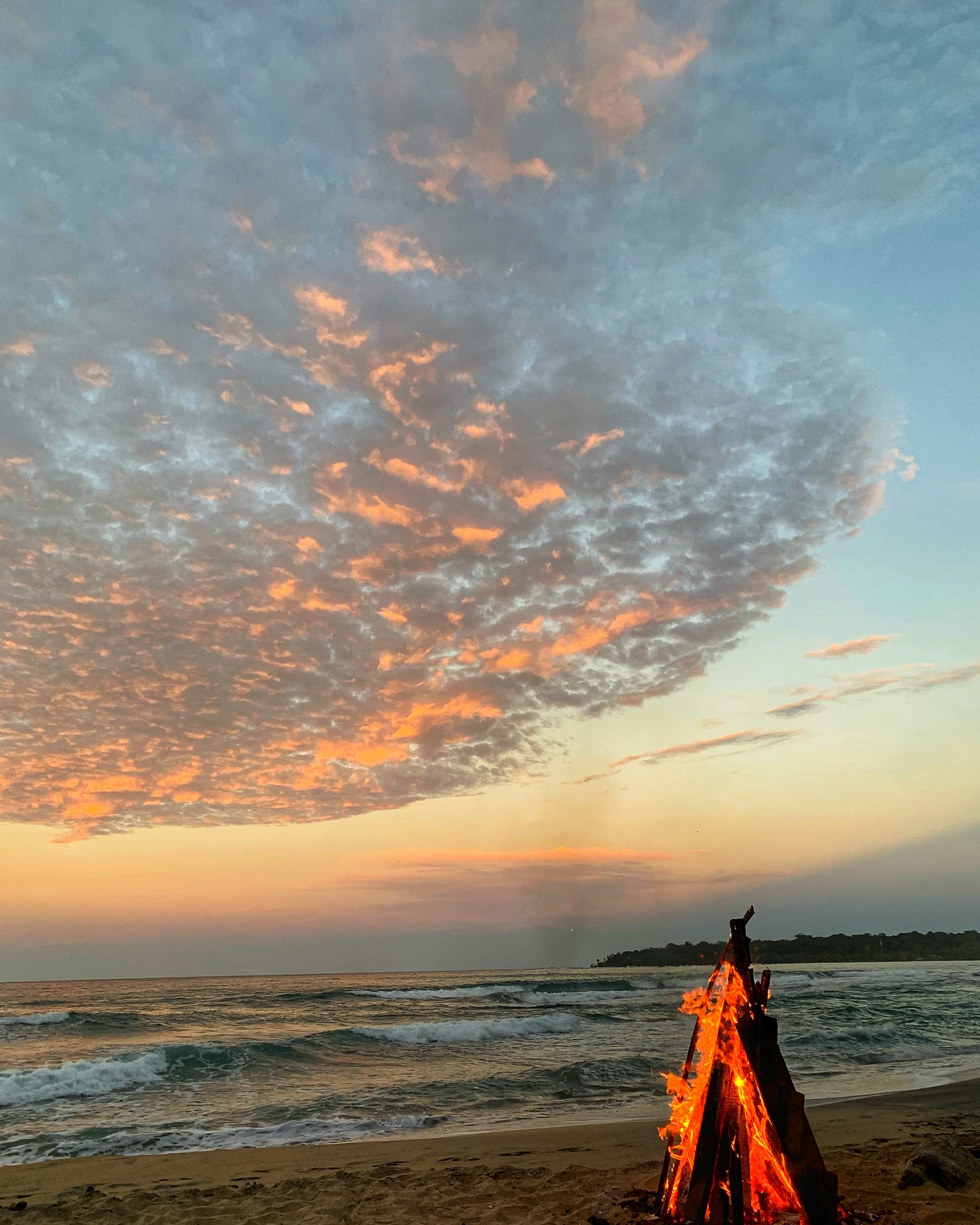Summertime in the popular beach town of Santa Teresa, Costa Rica means it’s time to hang out on the beach soaking in the sun and playing in the beautiful blue Pacific Ocean. It’s a great time to have fun with family and friends on a Costa Rica beach vacation.
On the southern Nicoya Peninsula, Santa Teresa is one of the best beaches to surf in Costa Rica. National surf competitions are held here annually.
Knowing what you are doing when you go in the ocean, taking precautions and water safety are the most important factors to having a safe and enjoyable time at the beach anywhere. In Santa Teresa, a nonprofit lifeguard program has been started by a group of passionate surfers motivated to keep people from accidents and drowning. The Santa Teresa Lifeguards organized to save lives and to prevent dangerous situations by educating the community about water safety.
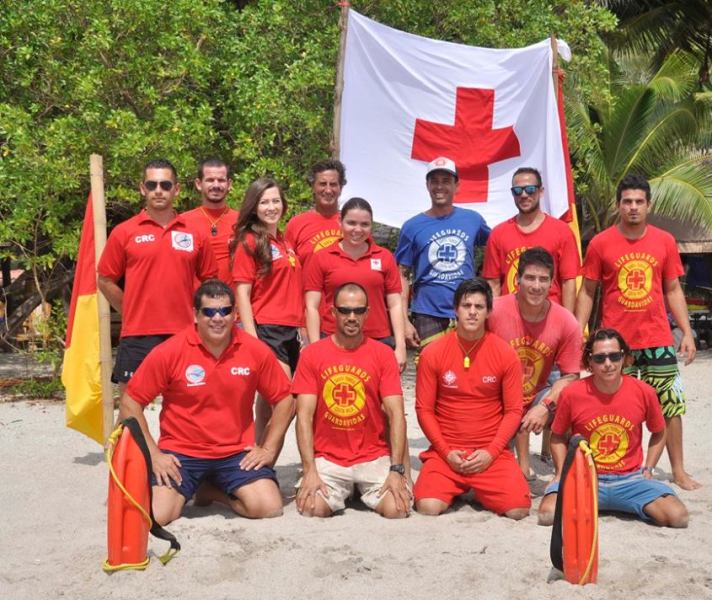 Created in 2015, the Santa Teresa Lifeguards (Guardavidas in Spanish) is staffed by trained local lifeguards, international volunteers and local surfer volunteers. Local surfers have been the main source of near-drowning rescues in Santa Teresa up until now and on days when lifeguards are not working.
Created in 2015, the Santa Teresa Lifeguards (Guardavidas in Spanish) is staffed by trained local lifeguards, international volunteers and local surfer volunteers. Local surfers have been the main source of near-drowning rescues in Santa Teresa up until now and on days when lifeguards are not working.
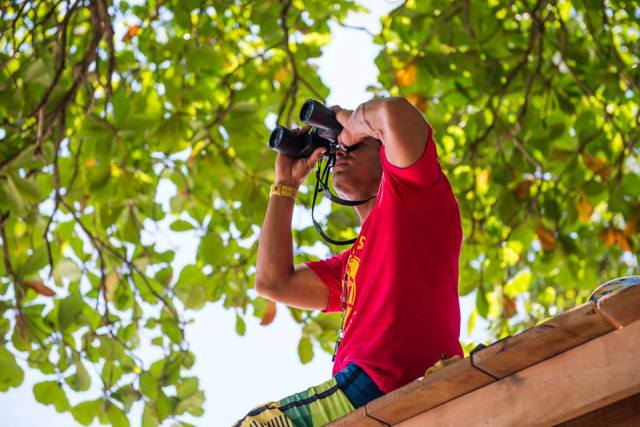
Lifeguard towers are currently located in the Santa Teresa area at Playa Carmen, La Lora, Casa Cecilia, and Playa Hermosa. Official Santa Teresa lifeguards wear red shirts and are on duty Saturdays and Sundays and peak holidays from 9 a.m. to noon and from 3 p.m. to 6 p.m. – the busiest beach times. Be sure to follow all of their instructions and warnings; your life depends on it.
The Santa Teresa Lifeguards is nonprofit and relies on donations and corporate sponsors to pay its staff and have the equipment it needs. Rescue equipment has been donated by Solana Beach Lifeguards in San Diego County, California. For more information on how you can help sponsor the Santa Teresa Lifeguards, contribute equipment or supplies, or volunteer as a lifeguard, contact the organization.
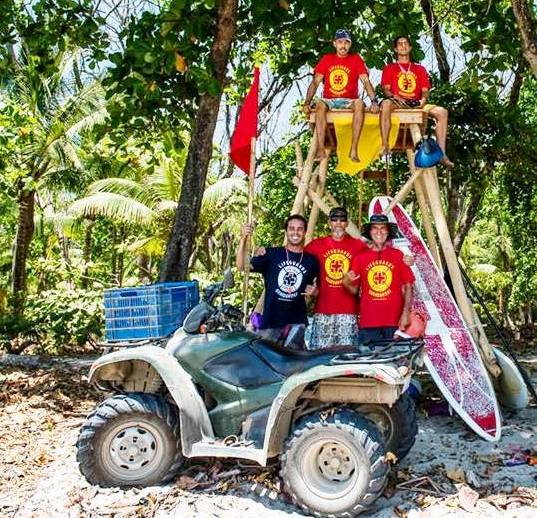
Visit Santa Teresa, Costa Rica
Santa Teresa was named one of Central America’s top 10 beaches for 2015. Where to stay in Santa Teresa Costa Rica: Hotel Tropico Latino. The Santa Teresa beachfront hotel at Playa Carmen offers Costa Rica surf vacations. If you don’t know how to surf, you can take surf lessons with the hotel’s expert surf instructors.
Costa Rica Beach Safety Tips:
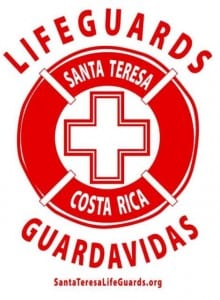 Stay safe in the water: The ocean is powerful, and is not the same as swimming in a pool or a lake. Do not enter the ocean unless you know how to swim; be very cautious of dangerous surf and currents.
Stay safe in the water: The ocean is powerful, and is not the same as swimming in a pool or a lake. Do not enter the ocean unless you know how to swim; be very cautious of dangerous surf and currents.
Never swim alone: Always swim with a buddy, and tell others where you are going.
Never turn your back on the ocean: Even the smallest wave can knock you over, especially if you are caught by surprise. Always face forward and never turn your back on the waves.
Shuffle your feet: Many beaches in Costa Rica have sting rays that like to settle in the warm sand in shallow water. Shuffle your feet when walking out into the ocean to scare any sting rays away and avoid stepping on them. If you do get “stung,” don’t panic and seek medical attention.
Surf safely: Surf or Boogie Board in waves that match your level. Do not go out into surf that is above or beyond your capability. If you want to learn how to surf in Costa Rica, there are many surf schools to teach you proper, safe surf skills.
Learn CPR: Emergencies can happen anywhere. Learning first aid and CPR skills could save someone’s life.
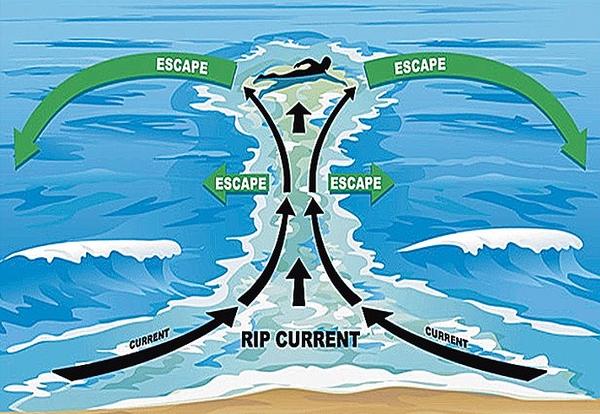
What to do if you get caught in a rip current:
- Stay calm. Don’t panic. Don’t fight the ocean, you will lose. Conserve your energy.
- Do not try to swim to shore in a straight line. Rip currents work in a circular motion so the current will eventually pull you back out.
- You can swim parallel to the beach to get out of the current. Or, float and let it take you out. The force of the current lessens as it goes out to sea. When the current diminishes, swim parallel to the beach or at a 45-degree angle, until you feel free of the current and can swim back to shore – even if it is a different place than where you originally were. Better to walk back on sand than to fight currents.
- If you cannot get back to shore, just float and tread water, and wave your arms to attract someone’s attention on shore for help. Do not panic or waste your energy.
- If you are going to help anyone in the ocean, bring something that floats. Do not go alone. A surf board is a great rescue tool, and rip currents are your friends on a board since the force takes you past the breaking waves faster than trying to paddle out yourself.
Article by Shannon Farley




